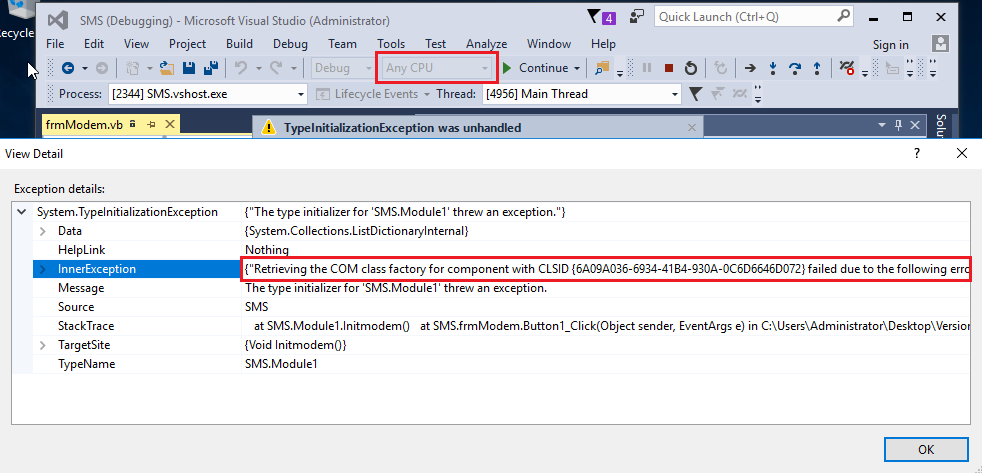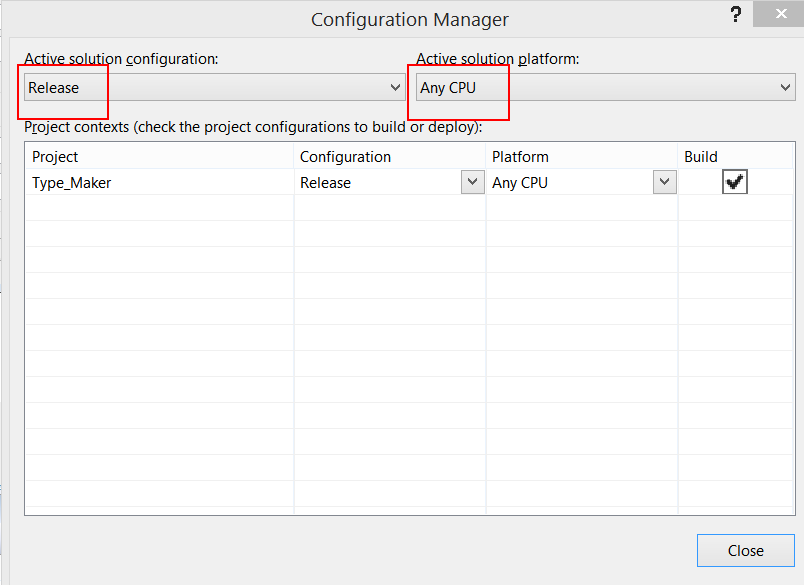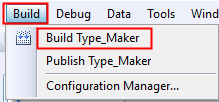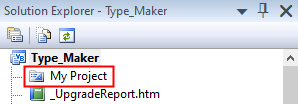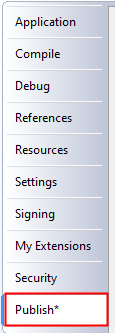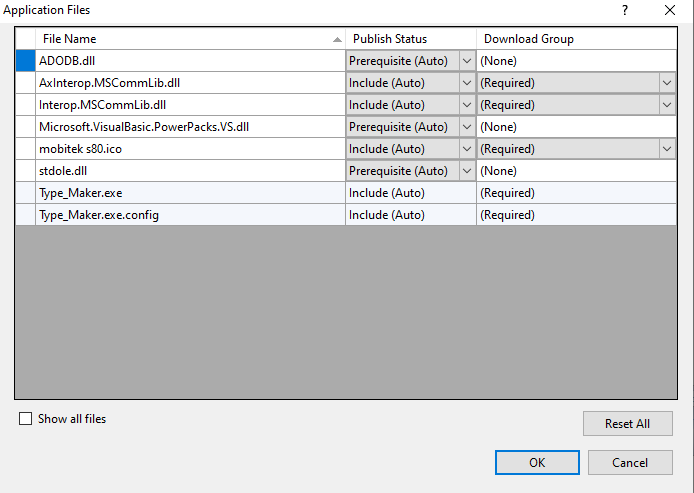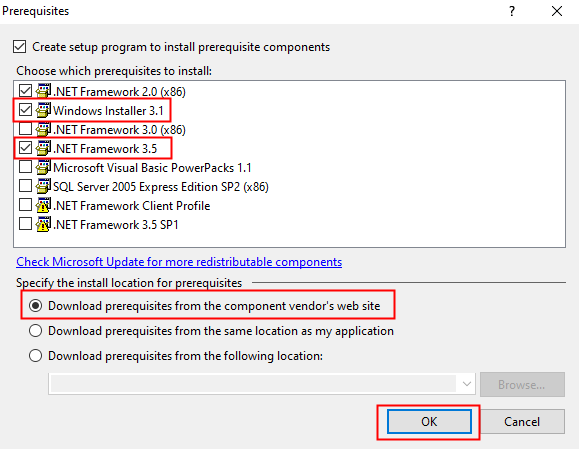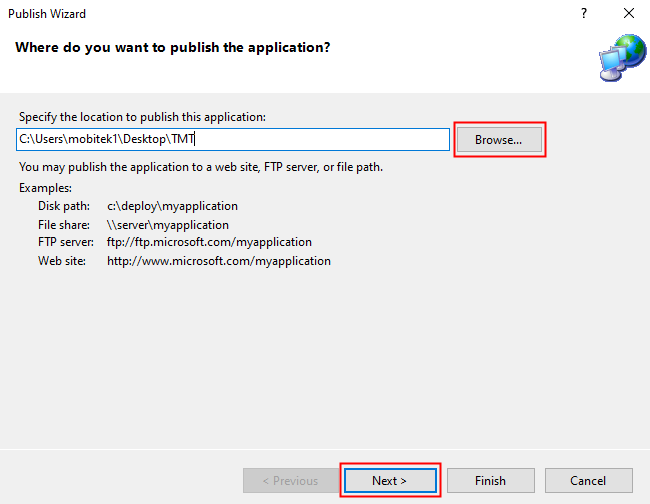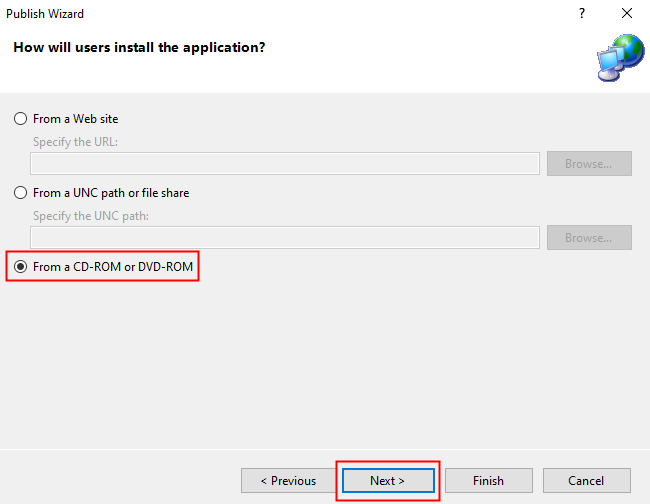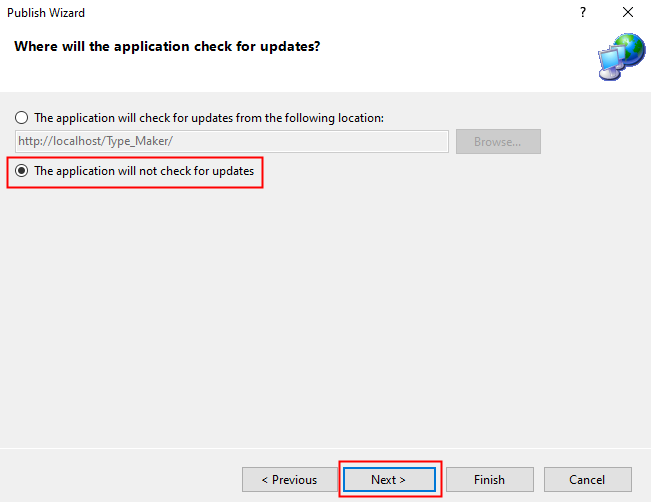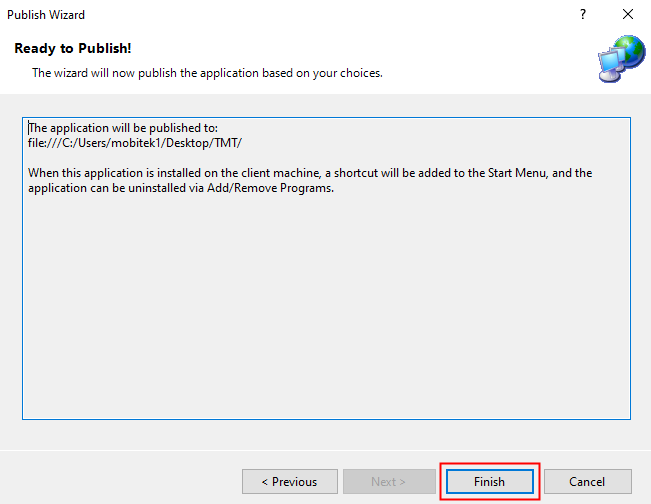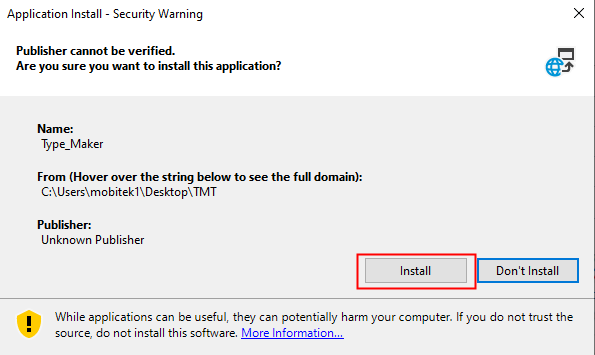The
objfolder holds object, or intermediate, files, which are compiled binary files that haven’t been linked yet. They’re essentially fragments that will be combined to produce the final executable. The compiler generates one object file for each source file, and those files are placed into theobjfolder.The
binfolder holds binary files, which are the actual executable code for your application or library.
Category Archives: VB.Net
How to Build a Release Version of VB.Net Application and How to Publish VB.Net Application
Conclusion
- Using Microsoft Visual Basic 2008 Express to build (publish) an installer (setup.exe), there are many limitations:-
- unable to specify the path to install files; by default it install the exe file into “..\AppData\Local\Apps” folder
- no “Uninstall” shortcut/icon
- Therefore, we will not use Microsoft Visual Basic 2008 Express to build an installer file (setup.exe).
How to Solve “Retrieving the COM class factory for component with CLSID {XXXX} failed due to the following error: 80040154”
Problem: When calling the method Modem.Init(), this error appears – “Retrieving the
COM class factory for component with CLSID {C7B56BA9-90BC-4B2B-BA02-
DF1FCBE506A7} failed due to the following error: 80040154.
Solution:
- refer to “How to Use MOBITEK SMS API version 7 in Visual Basic .Net”
- in Visual Studio 2008 change your project’s platform from “Any CPU” to “x86” in “Project Properties -> Build/Platform’s Target“.
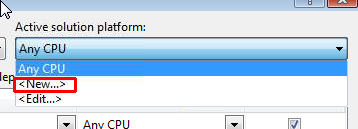
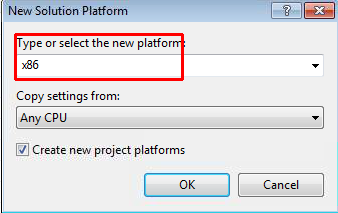

- in Visual Studio 2015, change “Any CPU” to “x86”:
